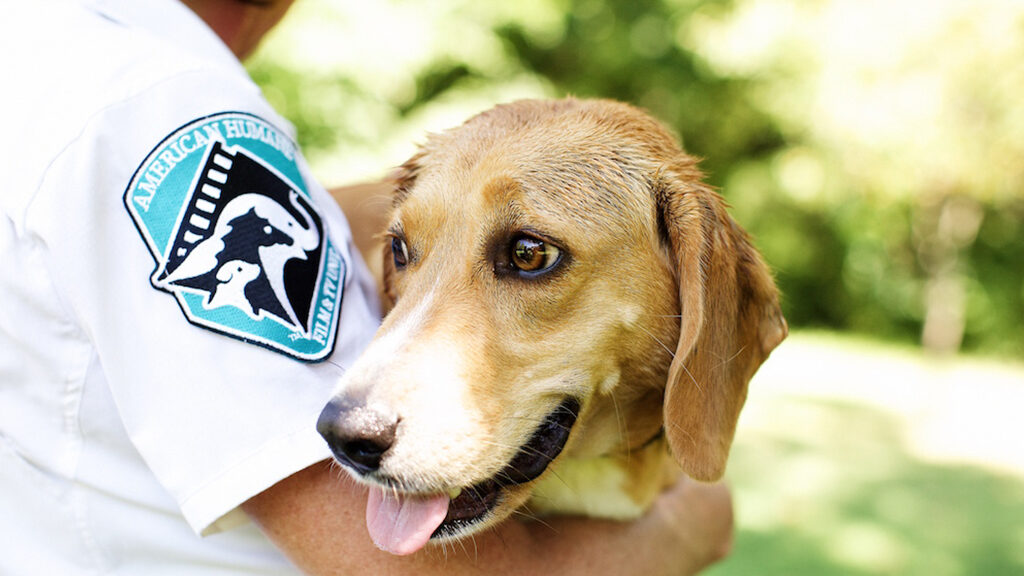Albuquerque Journal | ‘Rust’ Ignored Animal, As Well As Human, Safety

Movie sets serve as time machines that can transform a barren lot into a boisterous city street or a dark recess of outer space. Television and film allow us to escape from our present world and jump directly into a daring new one full of intrigue, excitement and risk.
The danger acted out on these sets, however, should always stay within the script.
On April 20, Rust Movie Productions was cited by New Mexico’s Occupational Health and Safety Bureau for “demonstrating plain indifference” to employee safety on the movie set “Rust.” This breakdown in production safety protocols led to the tragic on-set shooting death of cinematographer Halyna Hutchins last October, sparking serious conversations and concerns surrounding actor and crew safety on movie sets.
There were warning signs that, if heeded, could have prevented this catastrophe. This scathing statement revealed that production management knew safety procedures were not being followed, yet failed to take action to remedy the situation in any way, leading to a citation that includes a six-figure fine – the highest amount allowable by state law.
One of the most glaring signs of production negligence, however, went unmentioned in the OHSB’s report.
“Rust” failed to include American Humane safety representatives on its set to monitor the well-being of the animals participating in the filming process. This complete lack of concern for the animals present should have been a resounding harbinger of the overall indifference that plagued the set and ultimately resulted in a tragic and preventable loss of life.
Obviously, as this tragic case shows, that is simply not the case.
Animal and actor safety go hand in paw. This isn’t a treacly sentiment fit for a catchy one-liner or a self-interested promotion. It’s a very real and very important fact that needs to be addressed seriously in the wake of the “Rust” shooting and its aftermath. We’ve all seen the consequences when safety takes a back seat to saving a few bucks and meeting stringent movie deadlines, and we can never allow something this appalling, and this avoidable, to happen again.
American Humane’s “No Animals Were Harmed®” program remains the only industry-sanctioned oversight of animals in filmed production, and this certification protects hundreds of thousands of animals and countless human actors on more than 1,000 productions across the globe annually.
We call on all productions, no matter how big or small, to include American Humane safety representatives on set to help ensure their commitment to animal safety. We also encourage, and hope, that industry leaders will use American Humane’s blueprints of independent standards and oversight to reexamine safety protocols for actors and crew.
In the months ahead, we hope to see significant change in actor and crew safety measures on set. In the meantime, if you fail to see the “No Animals Were Harmed” designation at the end of a movie or TV show that features animals, it may indicate a “Rust-like” culture that does not prioritize human and animal safety.